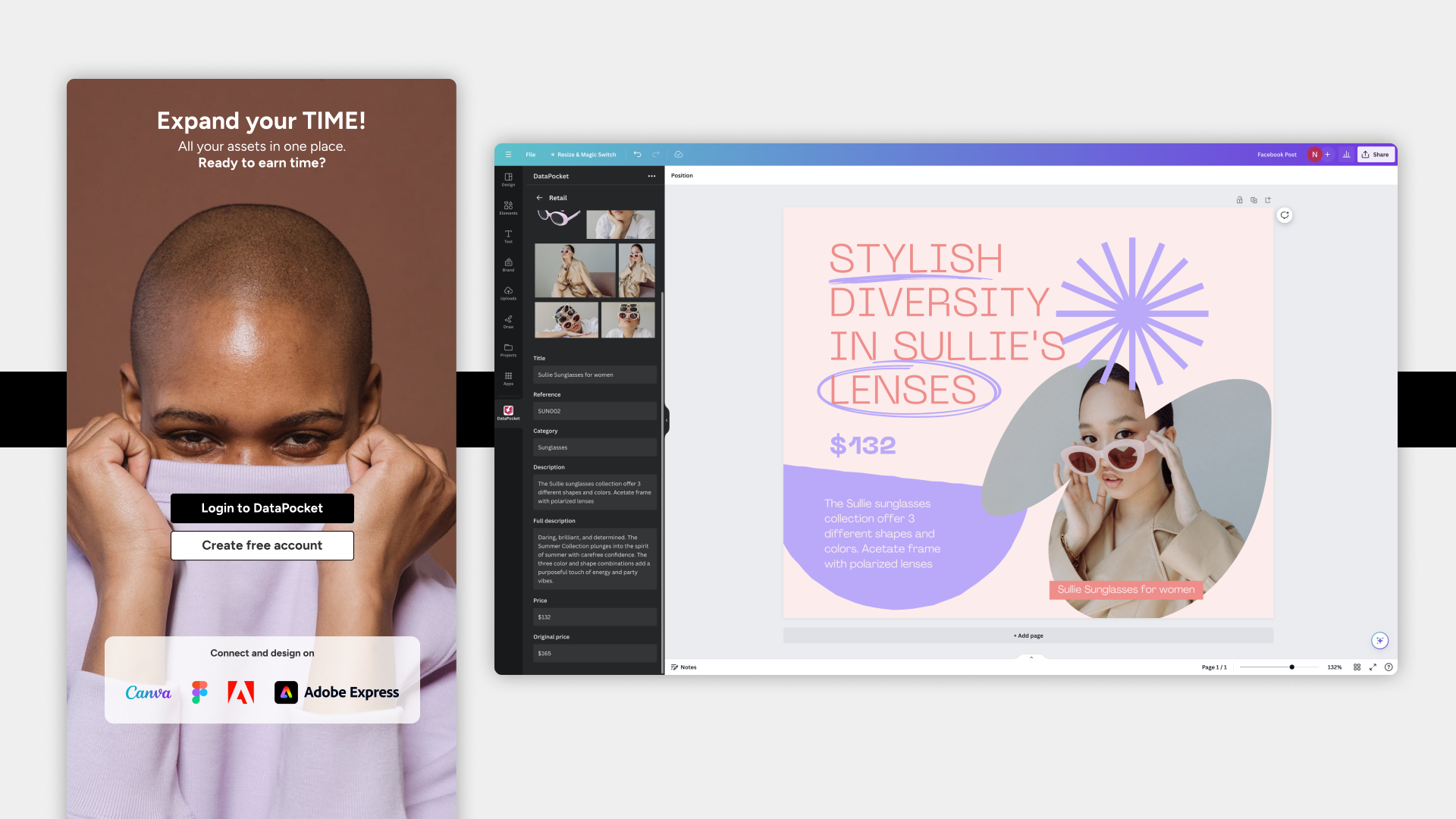As a designer, you’re always looking for ways to work more efficiently and effectively. And with the rise of remote work, it’s become even more important to have tools that allow you to collaborate with your team, no matter where you are. That’s where Figma and DataPocket come in.
Figma is a cloud-based design tool that has quickly become a favorite among designers and teams. It allows you to create, prototype, and collaborate on design projects in real-time, making it a great option for remote teams.
One of the key benefits of Figma is that it allows multiple team members to work on the same design project simultaneously. This means that designers, developers, and other stakeholders can all contribute to the project in real-time, without having to wait for files to be shared or revised. This can help teams move faster and be more agile, as they can quickly respond to changes and feedback.
But what sets DataPocket apart is its ability to bring real data into your design process, making your designs more accurate and realistic.
DataPocket integrates with Figma, so you can bring real data into your design projects, no matter where you are. With DataPocket, you can access data from a wide range of sources, including databases, APIs, and spreadsheets. This means you can bring live data into your designs, making it easy to create accurate and realistic prototypes, and even test them in real-time.
Press on Figma to try out the DataPocket plugin.
In conclusion, if you’re looking to streamline your design process and increase your productivity, Figma and DataPocket are the ultimate combination. With Figma’s real-time collaboration capabilities and DataPocket’s ability to bring real data into your designs, you’ll be able to work faster and more effectively than ever before.

